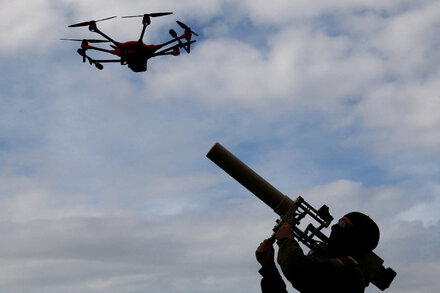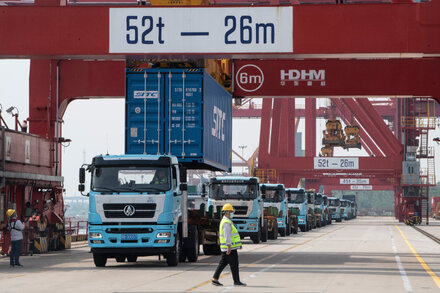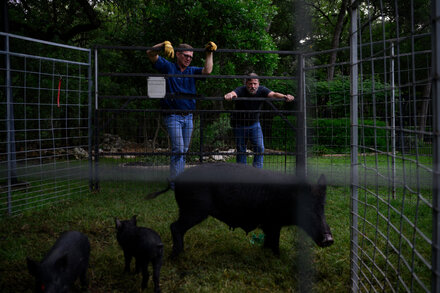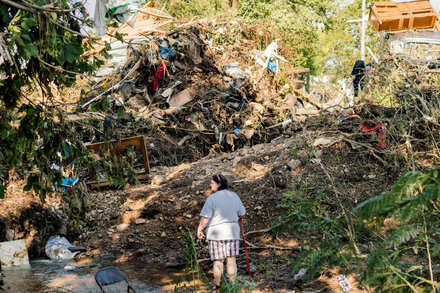
Europe is increasingly looking to advanced technology to bolster its external borders, leading to the emerging concept of a ‘Drone Wall.’ This initiative refers to a proposed or evolving strategy to deploy an integrated network of unmanned aerial vehicles (UAVs) for comprehensive surveillance and monitoring along the European Union’s frontiers, addressing a range of challenges from irregular migration to evolving geopolitical threats.
The Concept of a ‘Drone Wall’
The ‘Drone Wall’ envisions a sophisticated system of drones, equipped with high-resolution cameras, thermal imagers, and radar, operating continuously over land and sea borders. These drones would feed real-time data into centralized command centers, utilizing artificial intelligence and machine learning to detect patterns, identify anomalies, and alert authorities to potential security breaches or humanitarian situations. The goal is to create a dynamic, adaptable perimeter that offers unparalleled situational awareness, moving beyond traditional physical barriers.
Driving Forces Behind the Initiative
Several factors are propelling the discussion and implementation of such a system. The European Union has faced persistent challenges with managing irregular migration flows across its external borders, particularly from the Mediterranean and Eastern European routes. Drones are seen as a way to enhance detection capabilities in vast, often remote, or difficult-to-patrol areas.
Furthermore, heightened geopolitical tensions, particularly in light of the conflict in Ukraine and broader security concerns involving Russia, have underscored the need for robust external defense. A drone network could provide early warning against potential hybrid threats, illicit crossings, or even military movements near the EU’s eastern flank. The rapid advancements in drone technology, making them more autonomous, capable, and cost-effective, also make such an extensive system a more viable proposition.
“The integration of advanced drone technology along our external frontiers represents a critical evolution in our approach to security. It is not merely about erecting a physical barrier, but about establishing an intelligent, adaptive perimeter that provides unparalleled situational awareness against a multitude of threats, from irregular migration to hybrid warfare tactics.”
Key Actors and Existing Implementations
While a fully integrated, named ‘Drone Wall’ is still an evolving concept, elements of this strategy are already in play. The European Border and Coast Guard Agency, Frontex, has significantly increased its use of drones for surveillance, particularly in maritime operations in the Mediterranean and along certain land borders. Individual member states, such as Greece, Poland, and Hungary, are also investing in their own drone programs for border security, often in cooperation with EU initiatives.
The vision for a ‘Drone Wall’ would likely involve greater interoperability and data sharing among these national and European entities, creating a cohesive and comprehensive surveillance architecture across the entire external border.
Challenges and Ethical Considerations
The implementation of such an extensive drone network is not without its challenges and criticisms. Concerns about privacy and mass surveillance are prominent, with civil liberties organizations raising questions about data retention, facial recognition capabilities, and the potential for mission creep. The ethical implications of automating border control and potentially reducing human oversight are also part of the debate. Furthermore, the significant costs associated with deploying, maintaining, and upgrading such a system, as well as ensuring its effectiveness across diverse geographical and climatic conditions, remain key considerations for policymakers.
As Europe continues to navigate complex security and migration landscapes, the concept of a ‘Drone Wall’ signals a strategic shift towards leveraging technology for more proactive and comprehensive border management, aiming to balance security needs with humanitarian and ethical responsibilities.
Source: Read the original article here.





